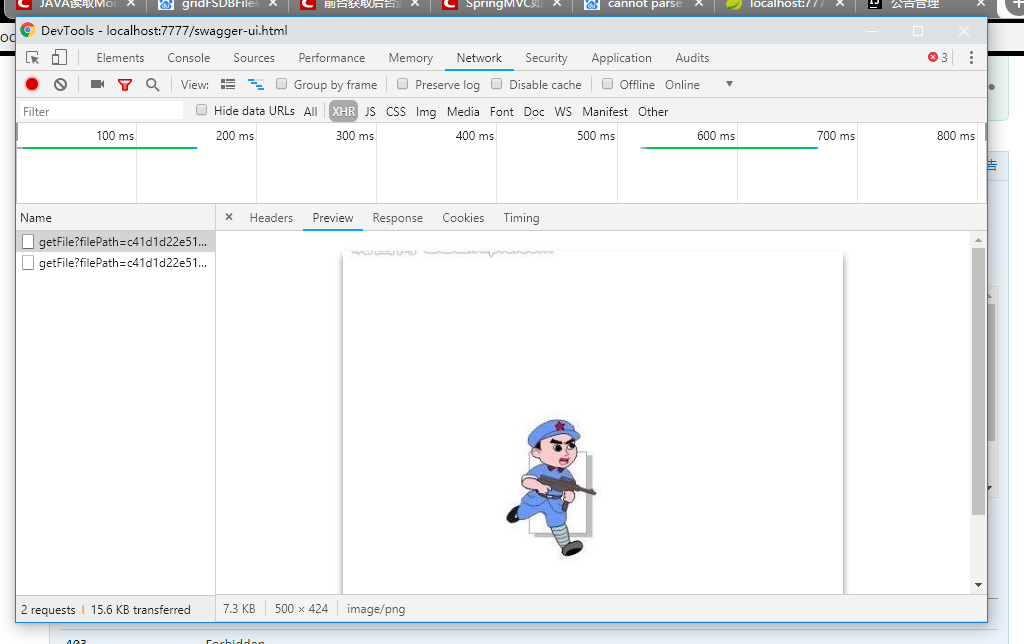可以将文章内容翻译成中文,广告屏蔽插件可能会导致该功能失效(如失效,请关闭广告屏蔽插件后再试):
问题:
I can\'t find anywhere it has been documented this. By default, the find() operation will get the records from beginning. How can I get the last N records in mongodb?
Edit: also I want the returned result ordered from less recent to most recent, not the reverse.
回答1:
If I understand your question, you need to sort in ascending order.
Assuming you have some id or date field called \"x\" you would do ...
.sort()
db.foo.find().sort({x:1});
The 1 will sort ascending (oldest to newest) and -1 will sort descending (newest to oldest.)
If you use the auto created _id field it has a date embedded in it ... so you can use that to order by ...
db.foo.find().sort({_id:1});
That will return back all your documents sorted from oldest to newest.
Natural Order
You can also use a Natural Order mentioned above ...
db.foo.find().sort({$natural:1});
Again, using 1 or -1 depending on the order you want.
Use .limit()
Lastly, it\'s good practice to add a limit when doing this sort of wide open query so you could do either ...
db.foo.find().sort({_id:1}).limit(50);
or
db.foo.find().sort({$natural:1}).limit(50);
回答2:
The last N added records, from less recent to most recent, can be seen with this query:
db.collection.find().skip(db.collection.count() - N)
If you want them in the reverse order:
db.collection.find().sort({ $natural: -1 }).limit(N)
If you install Mongo-Hacker you can also use:
db.collection.find().reverse().limit(N)
If you get tired of writing these commands all the time you can create custom functions in your ~/.mongorc.js. E.g.
function last(N) {
return db.collection.find().skip(db.collection.count() - N);
}
then from a mongo shell just type last(N)
回答3:
In order to get last N records you can execute below query:
db.yourcollectionname.find({$query: {}, $orderby: {$natural : -1}}).limit(yournumber)
if you want only one last record:
db.yourcollectionname.findOne({$query: {}, $orderby: {$natural : -1}})
Note: In place of $natural you can use one of the columns from your collection.
回答4:
you can use sort() , limit() ,skip() to get last N record start from any skipped value
db.collections.find().sort(key:value).limit(int value).skip(some int value);
回答5:
You can\'t \"skip\" based on the size of the collection, because it will not take the query conditions into account.
The correct solution is to sort from the desired end-point, limit the size of the result set, then adjust the order of the results if necessary.
Here is an example, based on real-world code.
var query = collection.find( { conditions } ).sort({$natural : -1}).limit(N);
query.exec(function(err, results) {
if (err) {
}
else if (results.length == 0) {
}
else {
results.reverse(); // put the results into the desired order
results.forEach(function(result) {
// do something with each result
});
}
});
回答6:
Look under Querying: Sorting and Natural Order, http://www.mongodb.org/display/DOCS/Sorting+and+Natural+Order
as well as sort() under Cursor Methods
http://www.mongodb.org/display/DOCS/Advanced+Queries
回答7:
You may want to be using the find options :
http://docs.meteor.com/api/collections.html#Mongo-Collection-find
db.collection.find({}, {sort: {createdAt: -1}, skip:2, limit: 18}).fetch();
回答8:
@bin-chen,
You can use an aggregation for the latest n entries of a subset of documents in a collection. Here\'s a simplified example without grouping (which you would be doing between stages 4 and 5 in this case).
This returns the latest 20 entries (based on a field called \"timestamp\"), sorted ascending. It then projects each documents _id, timestamp and whatever_field_you_want_to_show into the results.
var pipeline = [
{
\"$match\": { //stage 1: filter out a subset
\"first_field\": \"needs to have this value\",
\"second_field\": \"needs to be this\"
}
},
{
\"$sort\": { //stage 2: sort the remainder last-first
\"timestamp\": -1
}
},
{
\"$limit\": 20 //stage 3: keep only 20 of the descending order subset
},
{
\"$sort\": {
\"rt\": 1 //stage 4: sort back to ascending order
}
},
{
\"$project\": { //stage 5: add any fields you want to show in your results
\"_id\": 1,
\"timestamp\" : 1,
\"whatever_field_you_want_to_show\": 1
}
}
]
yourcollection.aggregate(pipeline, function resultCallBack(err, result) {
// account for (err)
// do something with (result)
}
so, result would look something like:
{
\"_id\" : ObjectId(\"5ac5b878a1deg18asdafb060\"),
\"timestamp\" : \"2018-04-05T05:47:37.045Z\",
\"whatever_field_you_want_to_show\" : -3.46000003814697
}
{
\"_id\" : ObjectId(\"5ac5b878a1de1adsweafb05f\"),
\"timestamp\" : \"2018-04-05T05:47:38.187Z\",
\"whatever_field_you_want_to_show\" : -4.13000011444092
}
Hope this helps.
回答9:
db.collection.find().hint( { $natural : -1 } ).sort(field: 1/-1).limit(n)
according to mongoDB Documentation:
You can specify { $natural : 1 } to force the query to perform a forwards collection scan.
You can also specify { $natural : -1 } to force the query to perform a reverse collection scan.
回答10:
use $slice operator to limit array elements
GeoLocation.find({},{name: 1, geolocation:{$slice: -5}})
.then((result) => {
res.json(result);
})
.catch((err) => {
res.status(500).json({ success: false, msg: `Something went wrong. ${err}` });
});
where geolocation is array of data, from that we get last 5 record.
回答11:
Last function should be sort, not limit.
Example:
db.testcollection.find().limit(3).sort({timestamp:-1});



